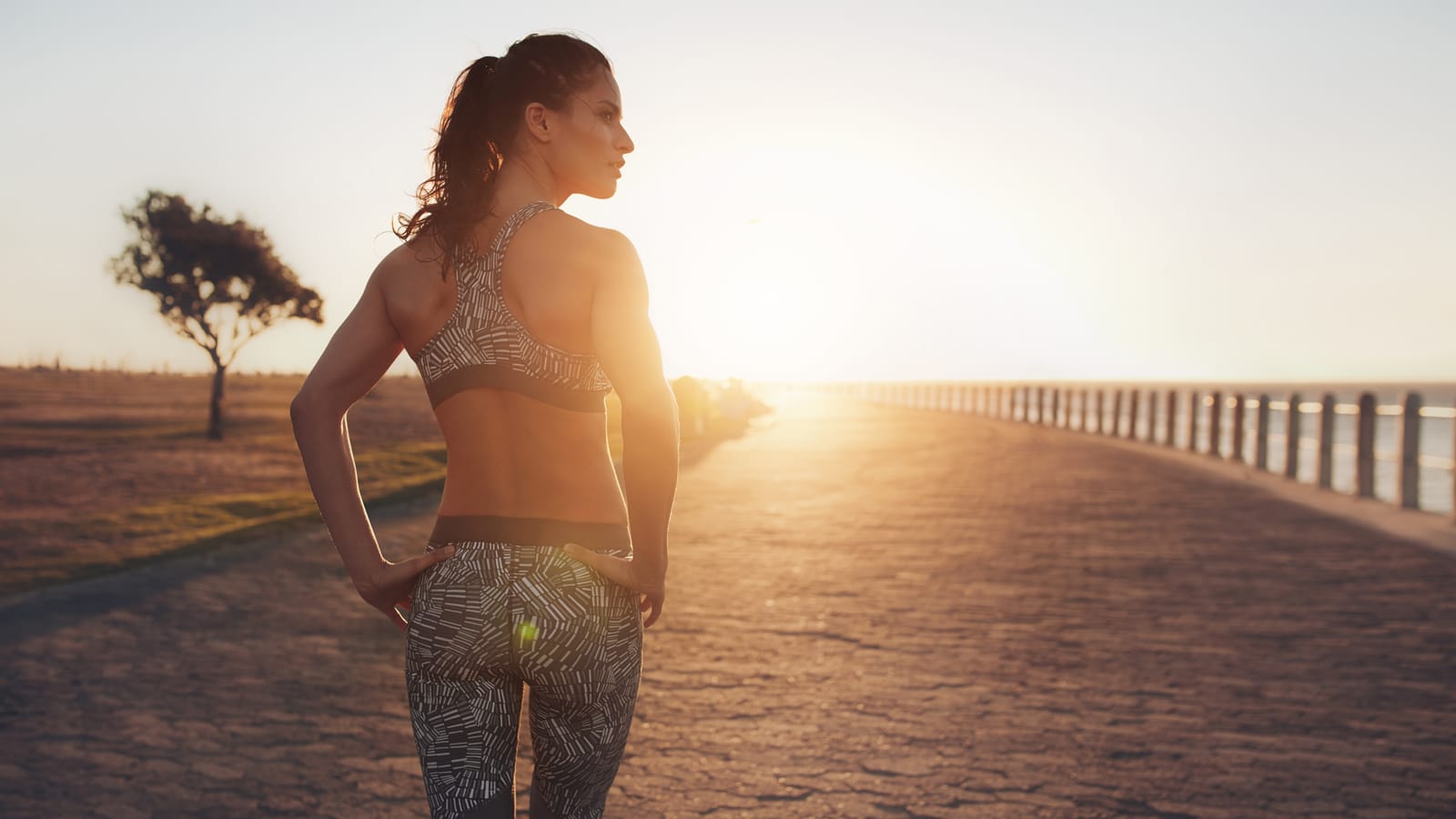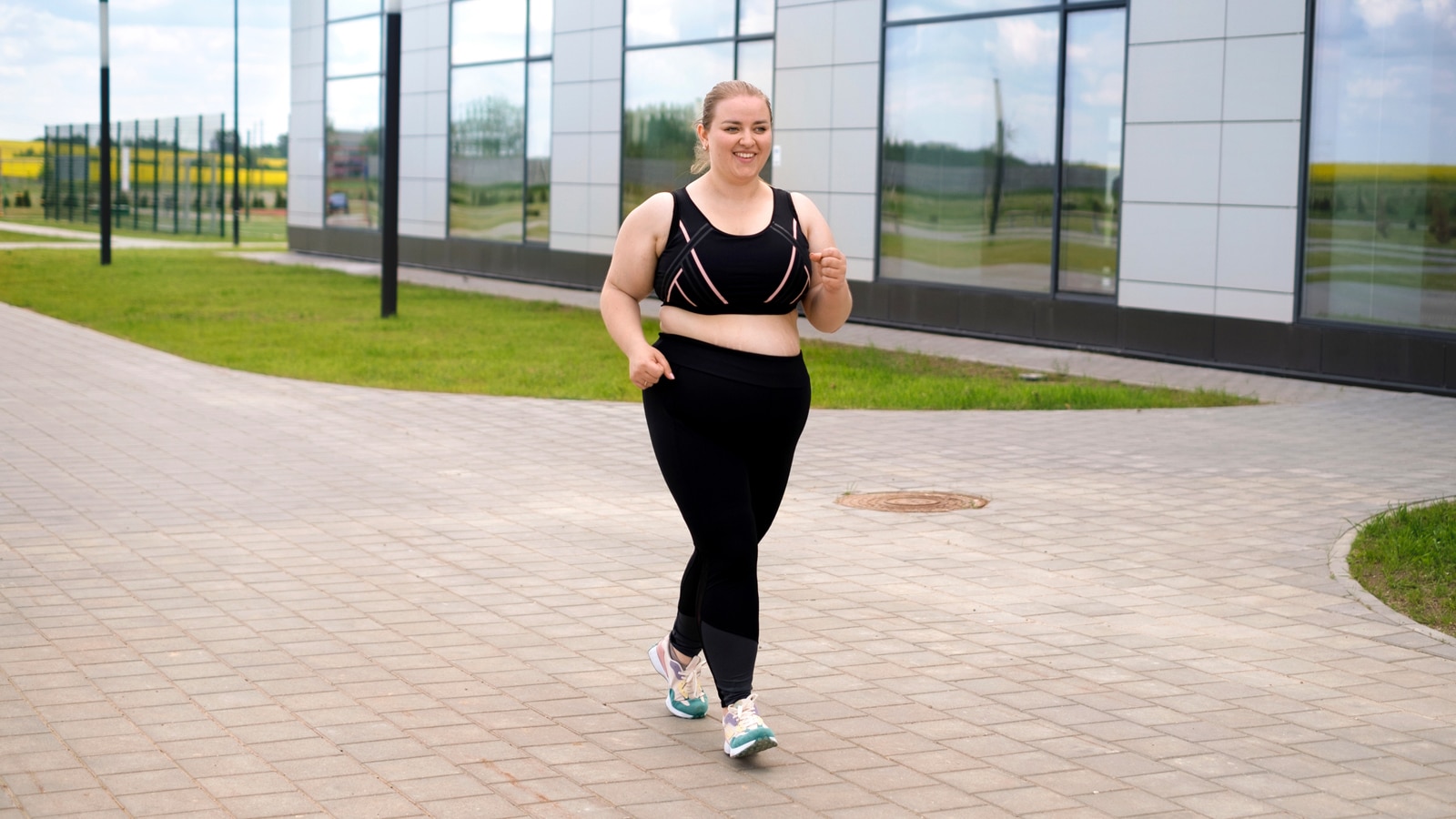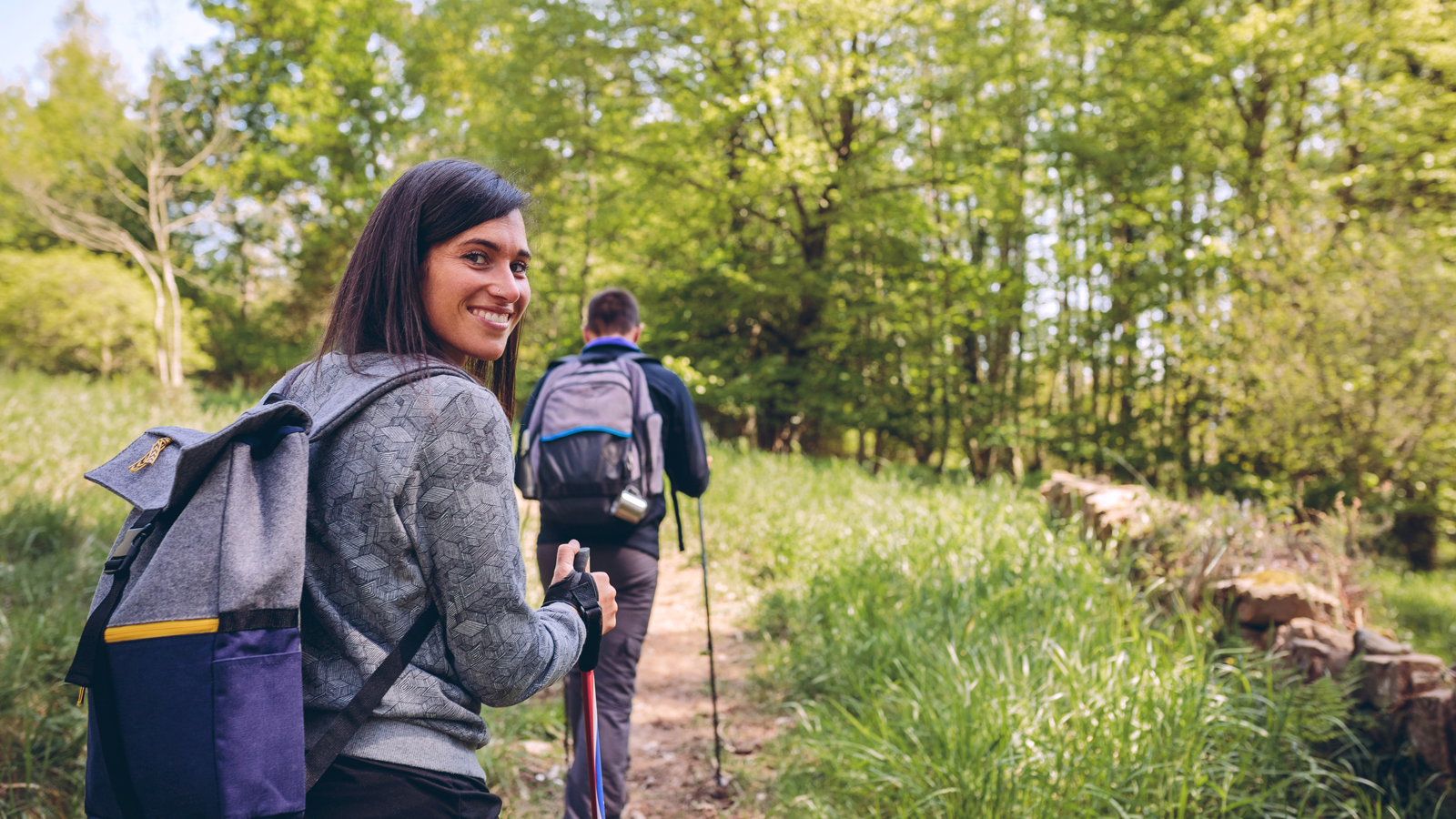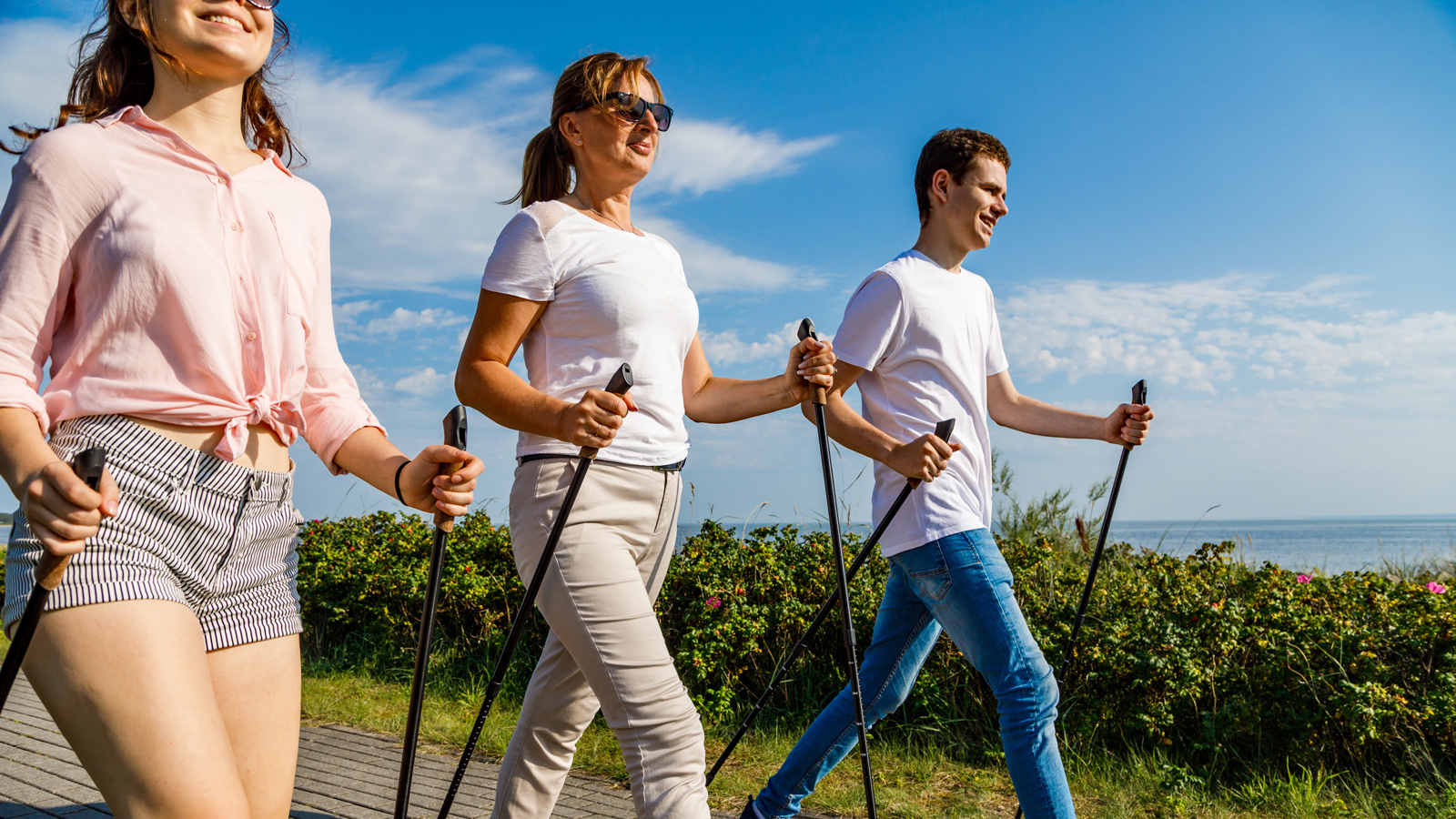Average Walking Speed By Age And Sex (How Fast Can You Walk)
Brisk walking is an excellent way of improving your cardiovascular fitness but how fast should you be walking? What is normal walking speed and what is the average walking speed by age and sex?
Walking speed can be affected by many factors – for average values the main one is age, but sex, height, fitness level, muscle mass, and body weight are also important factors.
If you’re walking to improve your fitness, it helps to know how fast you’re walking and how your speed compares to average walking speeds. It can help you set fitness and pace targets during walking workouts.
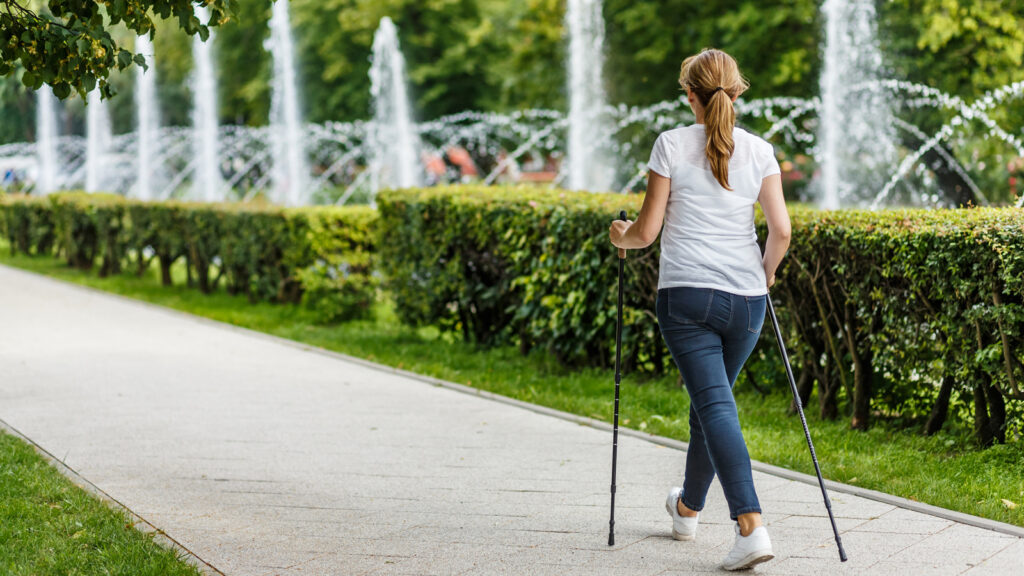
What Is The Average Walking Speed?
Because so many different factors affect walking speed, there isn’t an easy answer. Typically a good walking pace is 3 miles per hour.
For many people this is normal walking speed – the pace you walk at naturally without trying to walk faster.
If you’re walking for fitness, the Centers For Disease Control And Prevention (CDC), gives an example of moderate-intensity exercise as walking briskly at 2.5 to 4 mph.
That’s a walking pace of 15 to 24 minutes per mile.
A 5-decade study in New Zealand, for people born in 1972-73, measured walking speed for the 997 participants still alive at 45. The study found average walking speed was 1.30 m/s for usual walking gait and 1.99 m/s for maximum gait.
Converting to miles per hour provides an average walking speed of 2.91 mph for usual walking gait and 4.45 mph for maximum gait.
That’s a range of 13 minutes 29 seconds to 20 minutes 37 seconds to walk a mile.
What Is A Brisk Walking Pace?
Most walking programs are based on brisk walking. The average brisk walking speed varies based on your fitness level. If you’re walking at a brisk pace, your heart rate will be elevated but you’ll still be able to talk as you walk.
A typical brisk pace is between 13 to 20 minutes per mile, 2.5 to 4 miles per hour.
Find out more about brisk walking including target heart rate zones and walking techniques.
Average Walking Speed By Age
The main factor affecting average walking speeds is age. Of course, these are average speeds. Just because you’re older doesn’t mean you won’t walk faster than these walking speeds.
Muscle mass and fitness levels tend to decline as people get older and this decline is faster than it should be because a majority of people exercise less.
More than 1 in 4 US adults over 50 do not engage in any regular physical activity! The figures are just as bad in the UK where 27% of the population is inactive.
Regular physical activity offsets the natural decreases as you age in aerobic capacity, muscle strength, and cardiovascular endurance. Walking regularly at a brisk pace has huge benefits for healthy aging.
If you’re wondering how fast you should walk a mile for your age, the table below presents average walking speed median values for different ages. It’s based on a 2011 study by Schimpl, Moore, et al. and includes corresponding times to walk a mile:
| Age Range | Average Walking Speed (miles per hour) | How Long Does It Take To Walk A Mile? (minutes: seconds) |
| < 30 | 3.0 | 20:00 |
| 30 – 39 | 2.81 | 21:21 |
| 40 – 49 | 2.81 | 21:21 |
| 50 – 59 | 2.75 | 21:49 |
| > 60 | 2.70 | 22:13 |
For older age groups, aged 70 and over, results for walking speeds were unreliable with different studies providing widely different results. It can be assumed that walking speed declines rapidly over 70 but individual speeds will vary greatly depending on a person’s health and physical decline.
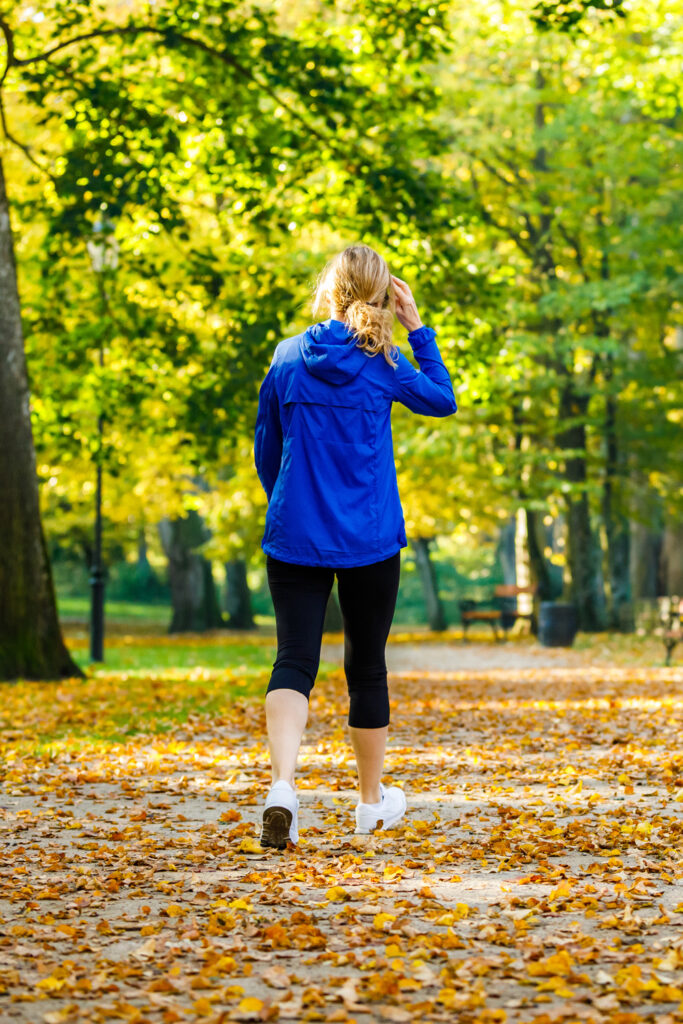
Average Walking Speed For Men And Women
It makes sense that men will tend to walk faster than women. They naturally have greater muscle mass and are generally taller – height contributes to stride length and walking pace.
The following table is based on the 2011 study by Schimpl, Moore, et al.
| Age | Average Walking Speed for Women (miles per hour) | Average Mile Time for Women (minutes:seconds) |
| 20-29 | 3.0 | 20:00 |
| 30-39 | 3.0 | 20:00 |
| 40-49 | 3.11 | 19:17 |
| 50-59 | 2.93 | 20:28 |
| 60-69 | 2.77 | 21:40 |
| Age | Average Walking Speed for Men (miles per hour) | Average Mile Time for Men (minutes:seconds) |
| 20-29 | 3.4 | 17:39 |
| 30-39 | 3.2 | 18:45 |
| 40-49 | 3.2 | 18:45 |
| 50-59 | 3.2 | 18:45 |
| 60-69 | 3.0 | 20:00 |
A more recent 2021 study into outdoor walking speeds by Murtagh and Mair et al. investigated the difference in walking paces for different sexes based on pace instruction:
| Pace Instruction | Female (m/s) | Male (m/s) |
| Slow | 0.71 | 0.81 |
| Normal | 1.26 | 1.37 |
| Fast | 1.69 | 1.85 |
| Pace Instruction | Female (miles per hour) | Male (miles per hour) |
| Slow | 1.59 | 1.81 |
| Normal | 2.81 | 3.06 |
| Fast | 3.78 | 4.19 |
Based on the above tables: a normal walking speed for women is approximately 21 minutes per mile and for men, a normal walking speed is approximately 20 minutes per mile.
What Affects Average Walking Speed?
Your average walking pace depends greatly on the reason you’re walking. Not every walk will be to improve your fitness! It could be an easy stroll with friends or a brisk walk to get to the shops before they close!
But aside from walking intent, these are some of the factors affecting how fast the average person walks:
#1 Fitness Level
Your fitness level has a big impact on your average walking speed. Most people can walk at a faster pace over short distances but it takes a good aerobic capacity to maintain walking speed over longer distances.
#2 Walking Cadence
The number of steps you take per minute is called your walking cadence. Increasing your cadence is a good way of increasing walking speed.
#3 Walking Uphill Or On The Flat
Incline walking is terrific for increasing your fitness but expect your average speed to decrease rapidly when you’re walking up a steep hill.
Speed walking will always be easier on the flat!
#4 Height
Tall people naturally take longer strides. walking faster is much easier if you’re covering a lot of ground in just one step.
#5 Body Weight
If you’re overweight it will take more effort to move your body weight at a fast pace. Aiming for a healthy weight is a good way of increasing your average speed – especially when walking uphills.
Find out how to lose weight walking 2 miles a day…
#6 Regular Walking
A regular walking routine will help you get fitter and improve your walking efficiency. Walk outdoors in nature and enjoy the benefits of improved moods and better mental health.
#7 Carrying A Pack
Anyone who’s ever backpacked will tell you load carrying is hard work. Carry a heavy pack and your walking speed can slow to a crawl!
#8 Terrain
Walking speed varies greatly on different terrains. A dirt track with a few rocks is much harder to navigate at speed than a flat pavement.
Be prepared for slower walking speeds if you’re on tough terrain.

Walking Speed And Health
Walking comes with many health benefits such as protection against chronic diseases, type 2 diabetes, and heart disease. Adding physical activity to your daily routine is one of the best investments you can make in your overall health.
But did you know that your walking speed is an indicator of good health? A recent study found that fast walkers live longer and the results are significant.
Brisk walking may increase your life expectancy by as much as 15 years for women and 20 years for men.
Just as importantly, regular walking will help you age better and be more mobile in later life.
Improving Your Average Walking Speed
This site is full of tips to help you start walking regularly and improve your average walking speed.
Find out how to start a walking program for beginners, and learn about the health benefits of walking just 30 minutes a day.
If you’re trying to lose weight, this post will tell you how much walking you need for weight loss. Get started now with our 28-Day Walking Plan!
